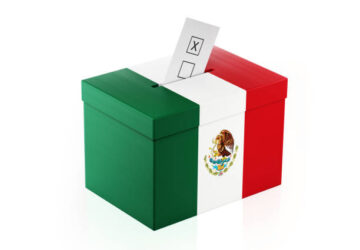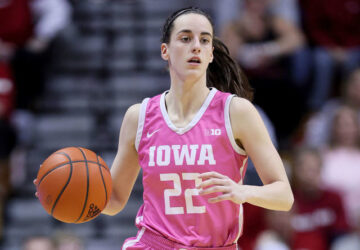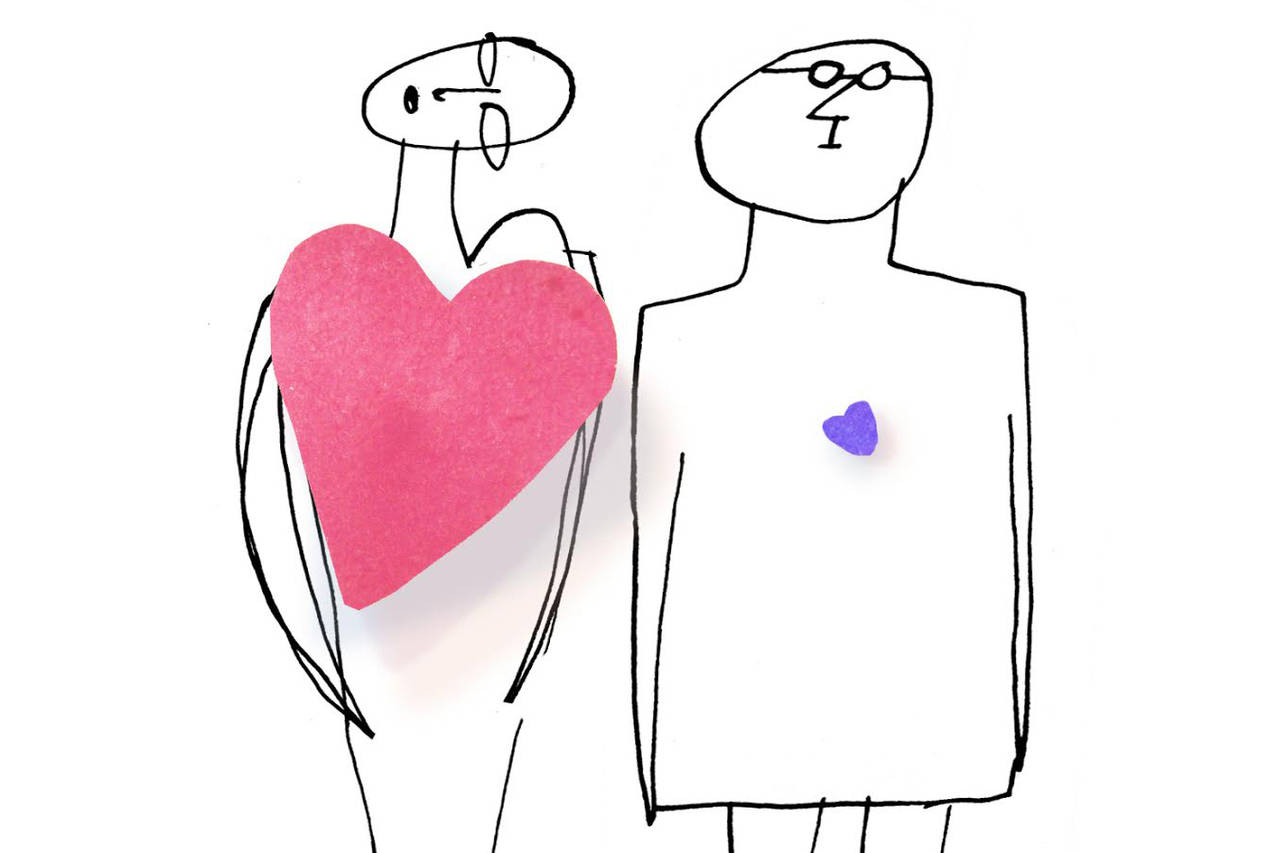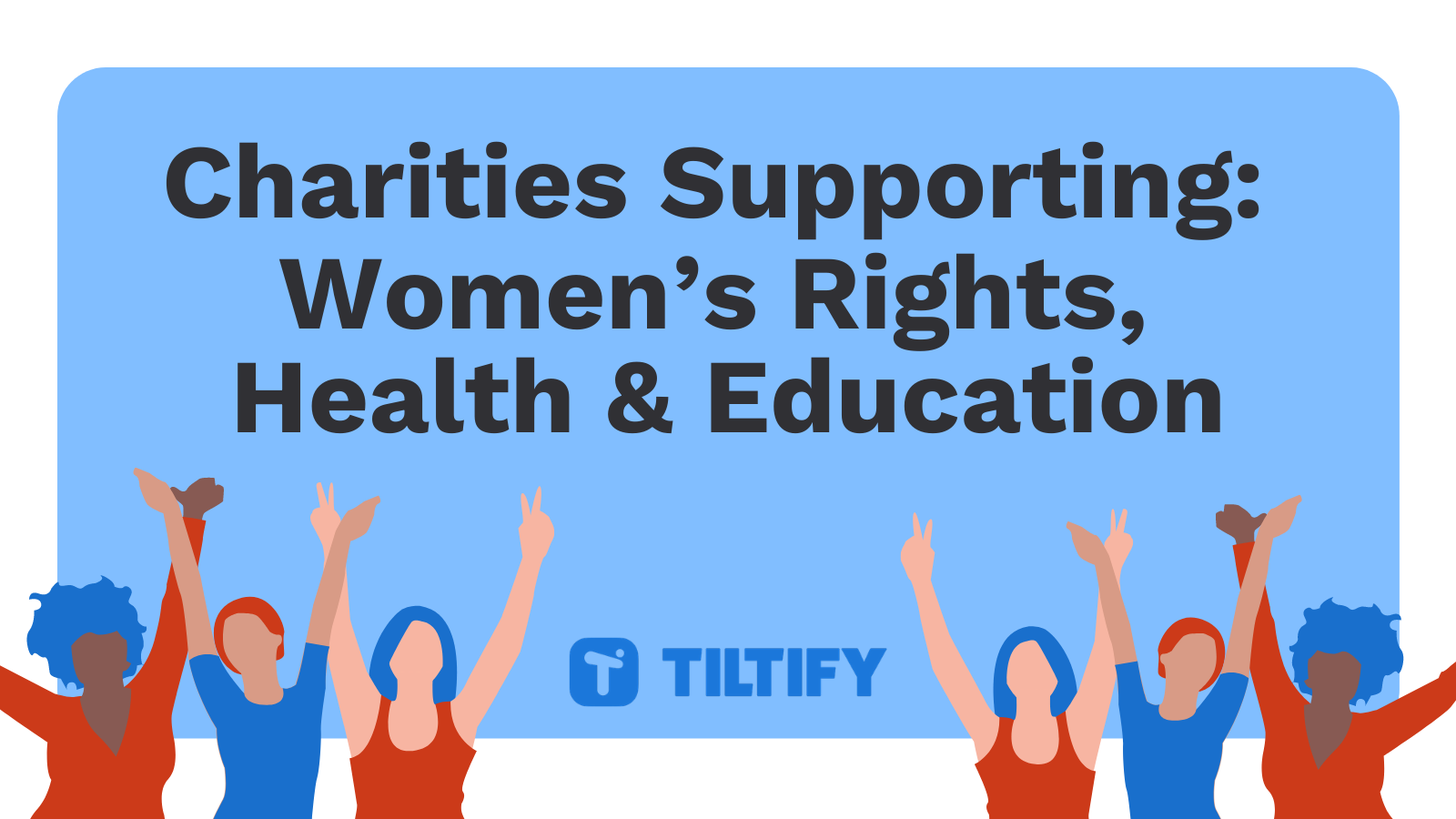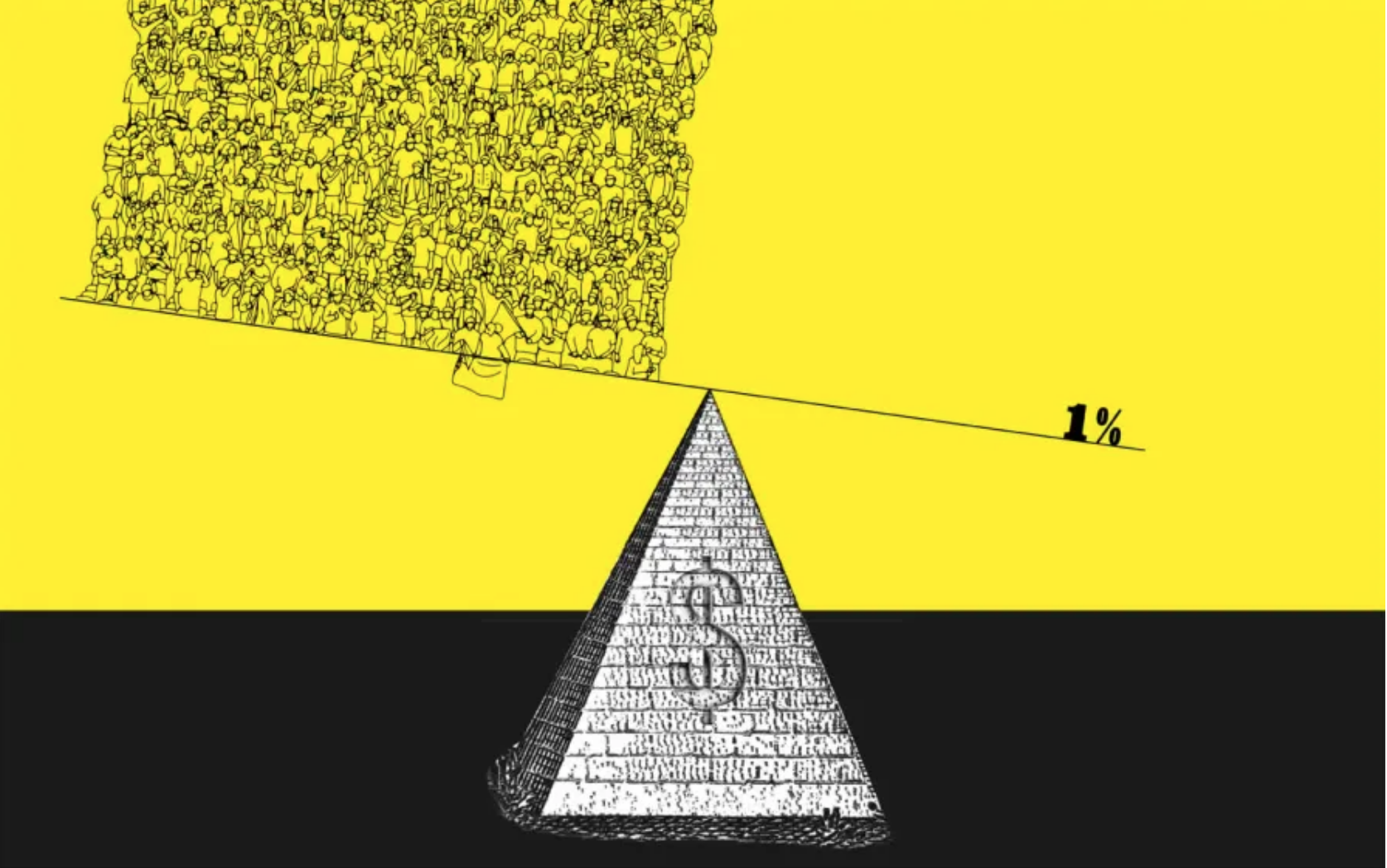The Gender Gap in Charitable Giving, Charities for Women, & Inequalities in Donations
The Gender Gap in Charitable Giving
By Avery Heilbrunn
Despite the lack of non-profit fundraising efforts directed towards women, creating a wider audience for donations creates opportunities for charities to increase their funds.
According to research at the Women’s Philanthropy Institute at the Indiana University, Lilly Family School of Philanthropy, women are more likely to donate money to charity than men. However, men are usually the main target of fundraising efforts. The results of a study performed by the School of Philanthropy found that, “baby-boomers and older women gave 89% more than men their age, and women in the top 25% of permanent income gave 156% more than men in that same category.”
Research has shown that women tend to be more empathetic than men partly due to the way women develop in society and the values that society instills in them: including nurturing and caring for others.
The intentions of men, on the other hand, are normally targeted toward self-motivated interests; men usually donate to charities that will socially or financially benefit them. Women often donate to benefit their society or promote social justice.
These studies demonstrate the prevalent benefits of targeting fundraising efforts to a wider range of individuals. Women, because of their moral beliefs in the benefits of donating, can be incredible assets to non-profit organizations.
Amazing charities for Women and Girls
By Khushi Bhatt
Throughout history, women have been viewed as inferior to men. Although significant steps towards equality have been made, severe discrepancies between sexes still remain. As women face body shaming, sexual misconduct, pay inequality, and inferiority in the workplace on a daily basis it is very important for women to help and support each other. There are many charities that allow girls to do this while fighting inequality and injustice:
- Helen Keller International (HKI)
Dating back to 1915, the Helen Keller International specializes in fighting and treating preventable conditions such as blindness and malnutrition. With programs in twenty-one African and Asian countries and the United States, HKI programs combat hunger, cataract, trachoma, onchocerciasis (river blindness) and refractive error. HKI aims to reduce the suffering of people who have little access to health care because of poverty. Because women and children are more likely to experience extreme poverty and poor health, HKIs programs concentrate on helping them.
Website: https://www.hki.org/
- Fistula Foundation
Many women in undeveloped countries do not have access to good medical care. This lack of adequate healthcare is dangerous for pregnant women, as it can result in numerous problems including the formation of a fistula. A Fistula is an abnormal connection between two body parts, such as an organ and blood vessel, causing a hole in the birth canal; this condition can be fatal for both the mother and the baby. A fistula or unsuccessful birth can cause women to be rejected from their society and puts them at great risk. The Fistula Foundation works to provide healthcare to prevent fistulas and provide surgery to correct it.
Website: https://fistulafoundation.org/
- National Women’s Law Center
The National Women’s Law Center, founded in 1972, primarily works to gain rights for working women and low-income women, from pay issues to sexual harassment. The NWLC website states, “We champion policies and laws that help women and girls achieve their potential at every stage of their lives—at school, at work, at home, and in retirement”. The NWLC focuses to amend the social inequalities that women face on a daily basis.
Website: https://nwlc.org/
- KIVA
Kiva, a nonprofit organization founded in 2005, introduced a revolutionary idea to the field of nonprofits. The Kiva foundation allows people to donate loans to others, which will eventually be paid back. These loans are given to people who might not have access to them from another source. Kiva has lent more than one billion dollars to people in need.
Website: https://www.kiva.org/
Inequalities in Donation Goals
By Natasha Gilman and Alexa Bournazos
Despite numerous fundraising efforts around the globe aimed towards supporting important organizations, discrepancies remain for funding towards women. Breast cancer, childhood malnutrition, female entrepreneurship, and domestic violence organizations are statistically underfunded compared to other non-female causes.
The results of a study conducted by the Women’s Philanthropy Institute note that $6.3 billion dollars were donated in support of women and girls. 45,000 organizations in the US that held women at the forefront of their fundraising efforts. These women-targeted organizations include Planned Parenthood Federation of America, Susan G. Komen Breast Cancer Foundation. While these efforts may seem substantial with adequate funds, $6.3 billion only accounts for merely %1.6 of all funds raised in America. The largest chunk of the total of about $396.5 billion dollars in funds in the US was directed towards religious organizations.
Despite the heightened conversation around women’s rights efforts in recent years, these efforts have not reached the smaller community organizations that make immense impacts towards change. Greater support of organizations directed towards women and girls will have a significant impact on the lives of women in our society.
Women-based organizations commonly have limited budgets and are directly focused on making notable profits for their cause. Excellent places to donate with focuses on women and girls can be found directly in your community or through research of global organizations. Local women supporting organizations have the capacity to greatly impact the women and girls in your community.
